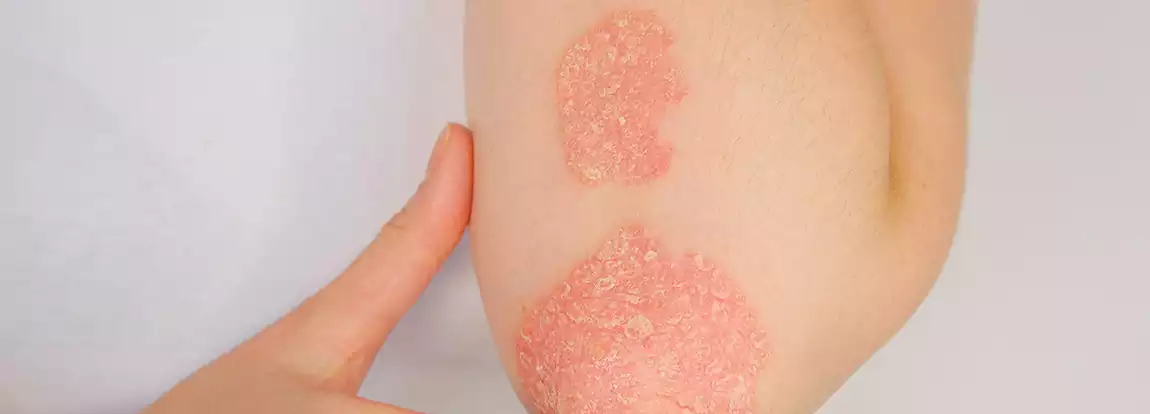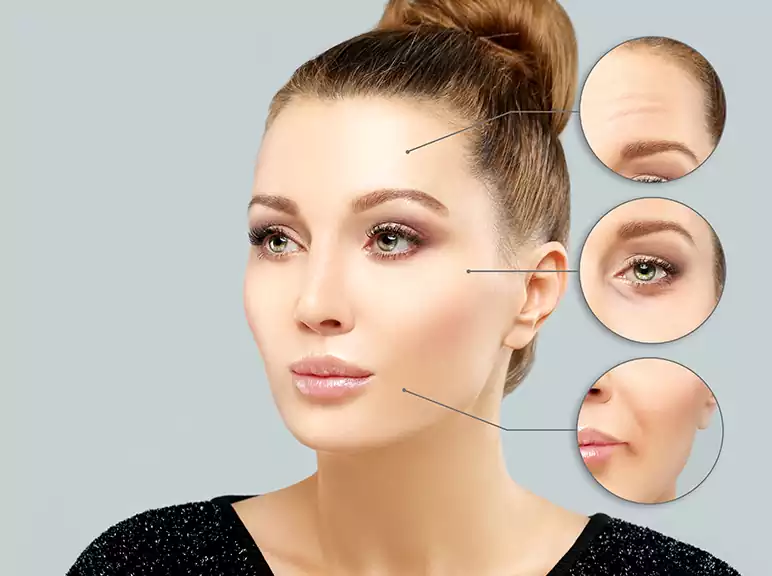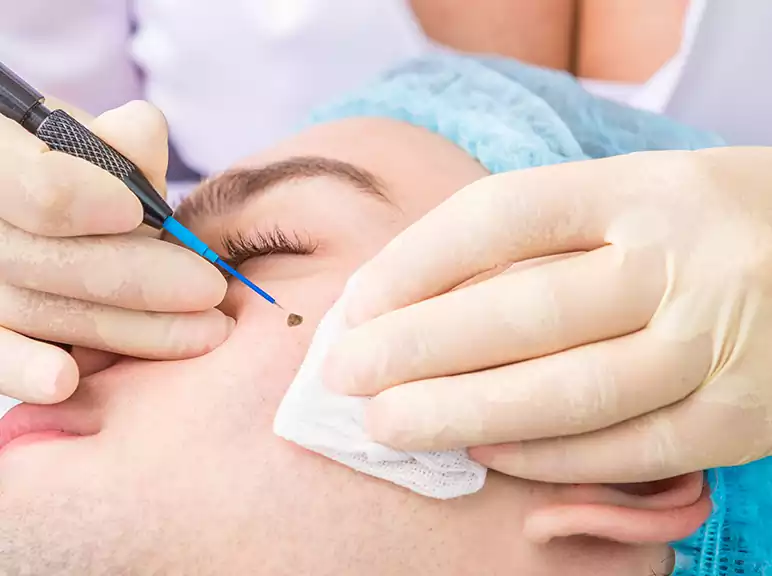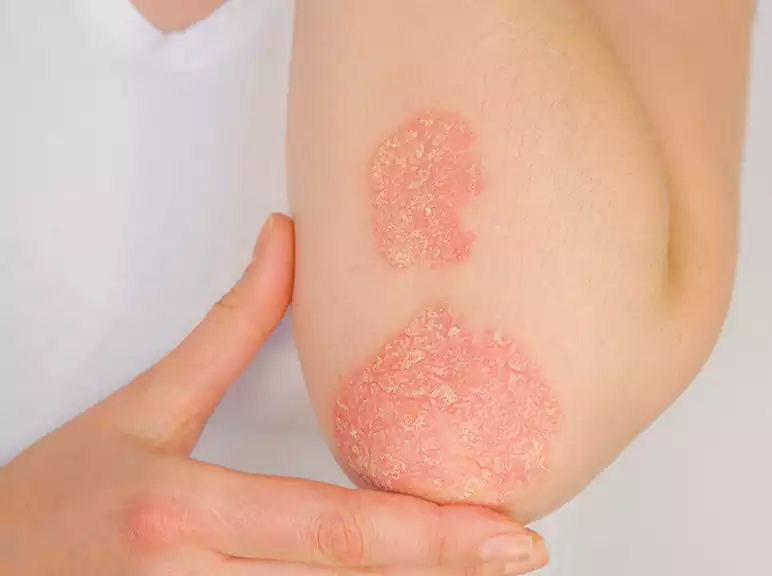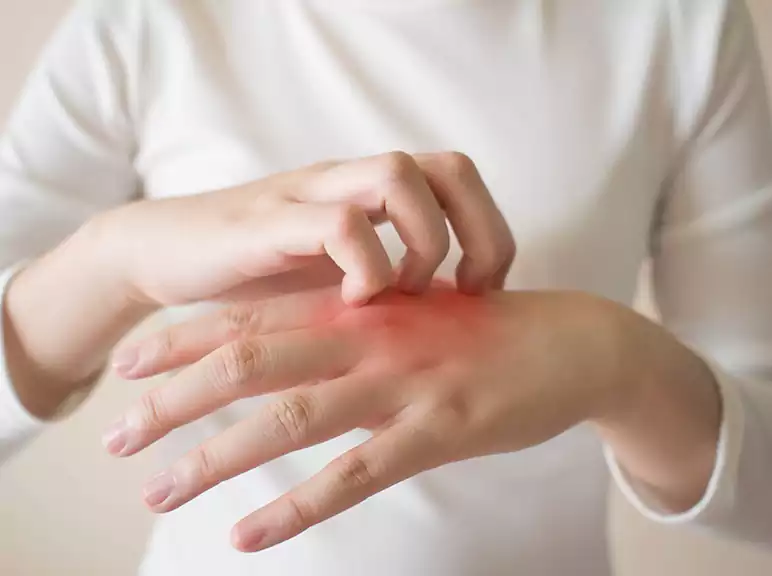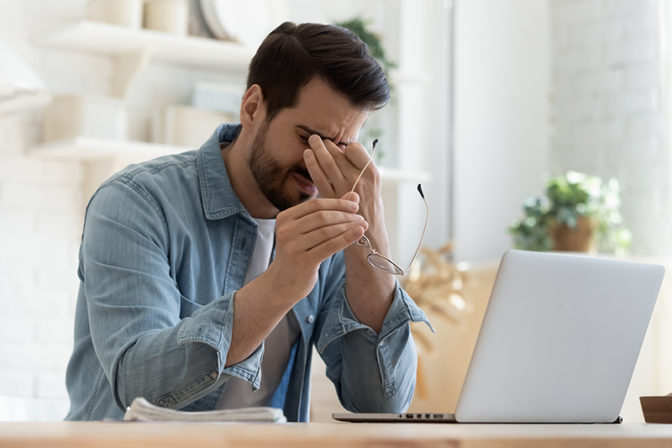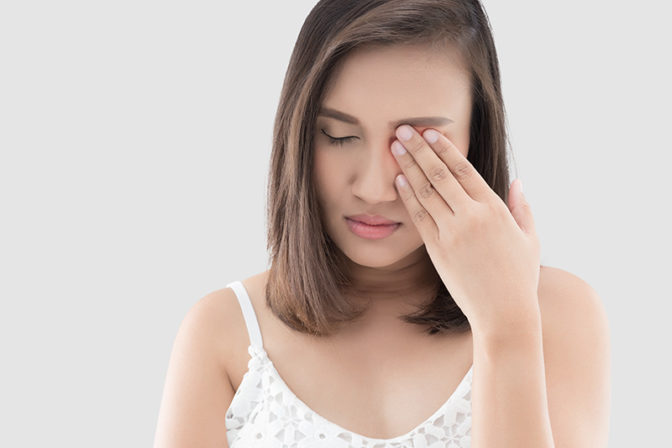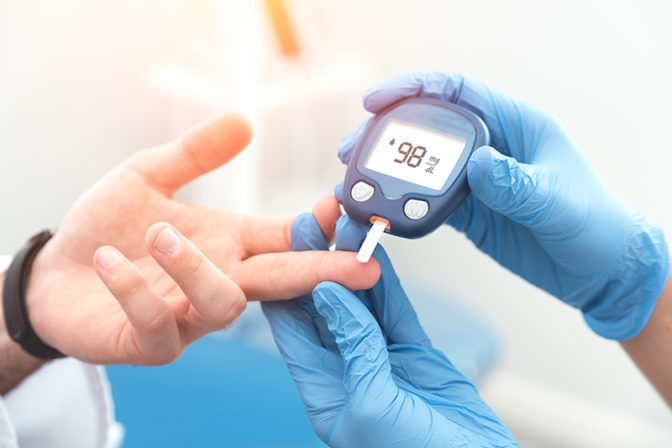Psoriasis
Psoriasis is a skin disorder which leads to the development of red, flaky, crusty skin patches covered with silvery scales. These patches usually appear on your elbows, knees, scalp and lower back, but they can appear anywhere on your body. Most people are affected only by small patches. In some cases, patches may be itchy or sore.
Why it happens
People with psoriasis have increased skin cell production. Skin cells are usually made and replaced every 3 to 4 weeks, but this process only takes about 3 to 7 days for psoriasis. The resulting build-up of skin cells makes the patches related to psoriasis. Although the process is not fully understood, it is thought to be associated with an immune system problem.
Treating psoriasis
Psoriasis has no cure, but a variety of treatments can improve symptoms and the appearance of skin patches. In many cases, the first treatment given will be a topical treatment, such as vitamin D analogues or topical corticosteroids. Topical treatments are creams and ointments that are applied to the skin.
Symptoms
Main symptoms of psoriasis
Psoriasis usually causes skin patches which are red, dry and covered in silver scales. Some people have symptoms like soreness or itching. There are many different types of psoriasis. Most people have only 1 form at a time, although two types can occur at the same time. One form can change into another or become more severe.
Plaque psoriasis (psoriasis Vulgaris)
This psoriasis is the most common form that accounts for about 80% to 90% of cases. The symptoms are dry red skin lesions called plaques, covered in silver scales.
Scalp psoriasis
It may occur on parts or the whole scalp. It causes red skin patches that are covered in thick, silvery-white scales.
Nail psoriasis
Half the people who have psoriasis have a condition that affects the nails. Psoriasis can cause the nails to develop tiny pits or dents, become discoloured or grow abnormally.
Guttate psoriasis
Guttate psoriasis causes small (less than 1cm) drop-shaped sores on your chest, arms, legs and scalp.
Inverse (flexural) psoriasis
It affects creases or folds in the skin, such as the armpits, groin, between the buttocks and under the breasts.
Causes
The body produces new skin cells in the deepest layer of the skin.
These skin cells gradually move through the layers of the skin
until they reach the outer level, where they die and flake away.
This process usually takes about 3 to 4 weeks.
Genetics
Psoriasis is hereditary, so a person may be more likely to get psoriasis if they have a close family member with the condition. Still, the exact role genetics plays in psoriasis is unclear.
Treatment
Treatment for psoriasis helps to keep the condition in control. Our GP can treat most people.
If the symptoms are particularly severe or not responding well to treatment, our GP may refer you to a dermatologist.
Treatments fall into three categories:
Topical treatments
Topical treatments are generally the first treatments used for mild to moderate psoriasis. The treatment comprises of creams and ointments to be applied to affected areas.
Emollients
Emollients are moisturising treatments that are applied directly to the skin to reduce water loss and cover it with a protective film. If a person has mild psoriasis, an emollient is probably the first treatment the GP will suggest.
Steroid creams or ointments
Steroid creams or ointments (topical corticosteroids) help to treat mild to moderate psoriasis in parts of the body. The treatment helps by reducing inflammation of the body, which slows down the production of skin cells and reduces itching.
Vitamin D analogues
Vitamin D analogue creams are used along with or instead of steroid creams for mild to moderate psoriasis which affect parts such as the limbs, trunk or scalp. Vitamin D analogue creams help to slow down the production of skin cells.
Phototherapy
Phototherapy uses artificial and natural light to treat psoriasis. Artificial light therapy may be administered in hospitals and some specialised centres, usually under the supervision of a dermatologist.
These treatments are not the same as sunbed treatments.
Ultraviolet B (UVB) phototherapy
UVB phototherapy works by using a wavelength of light that is invisible to the eyes. The light helps to slow down the production of skin cells and is an effective treatment for certain types of psoriasis that did not respond to topical treatments.
Psoralen plus ultraviolet A (PUVA)
In this treatment, a person will be given a tablet that contains compounds called psoralens, or psoralen that may be applied directly to the skin. It makes the skin more sensitive to light.
Combination light therapy
The combination of phototherapy, along with other treatments, often increases its effectiveness.
Biological treatments
Biological treatments help to reduce inflammation by targeting overactive cells in the immune system. They are generally used if a person has severe psoriasis, which hat has not responded to other treatments, or if a person cannot use other treatments.

